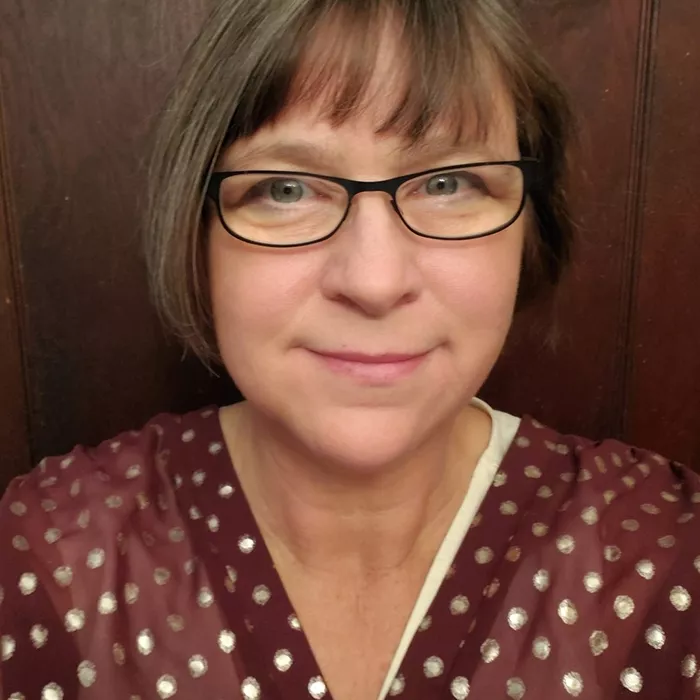My local union and the school district wanted to advocate for community schools. This was a way to ensure that our schools adapt and serve the community that we now represent—which is very different from the community that we represented 20 years ago.
Having community schools is the perfect way to ensure that the system answers to the community, not the other way around.
We have large equity gaps and we’re trying to be very honest about that, own it, and lead the transformation.
I lead work between the union and our district creating a collaborative space to tackle three things: The retention of staff; becoming a more anti-racist, socially just organization—in both the district and the union; and creating systems that solve problems and are inclusive in nature.
Community schools mean that the community is involved from the start.
Planning begins with a needs assessment that tries to understand the root cause of those needs. Decisions involve all stakeholders—that’s the difference. We hear from students, parents, educators, and the community. Together, we’re moving away from zero-tolerance discipline toward a more restorative, collaborative, community-building solution.
We learned a lot through the pandemic, we were able to see how our community schools responded to student needs. Once the pandemic hit, the community schools were able to support students immediately. They had teams and systems that were already set up to understand the needs and assets in their community allowing them to respond quickly and strategically.
They got food to students right away—boxes were filled with food for the week and they provided contactless delivery. They immediately supplied the technology students needed to participate in virtual learning. If students weren’t showing up online, we had a team ready to figure out if the problem was an engagement issue, a health issue, or a housing security issue.

